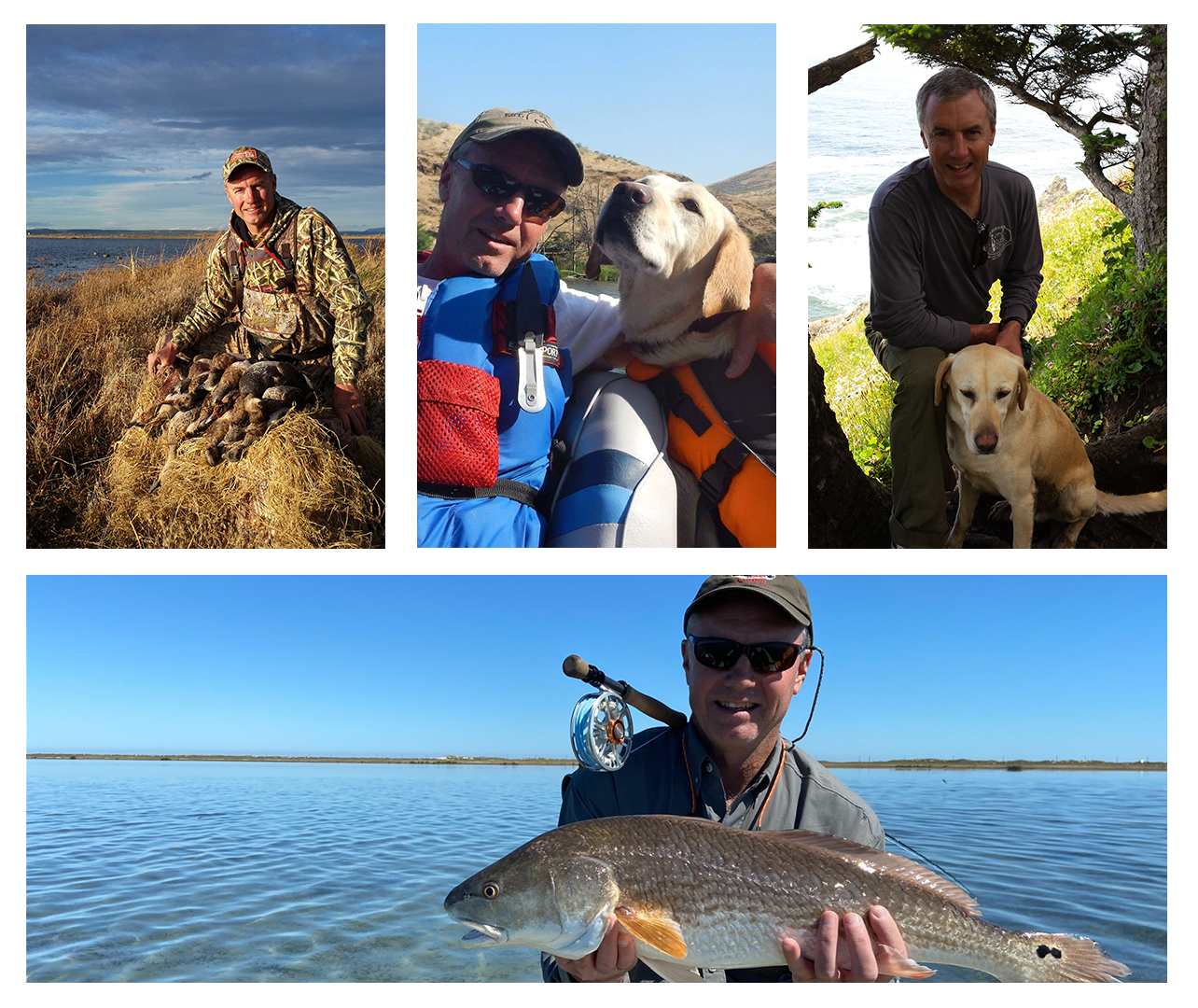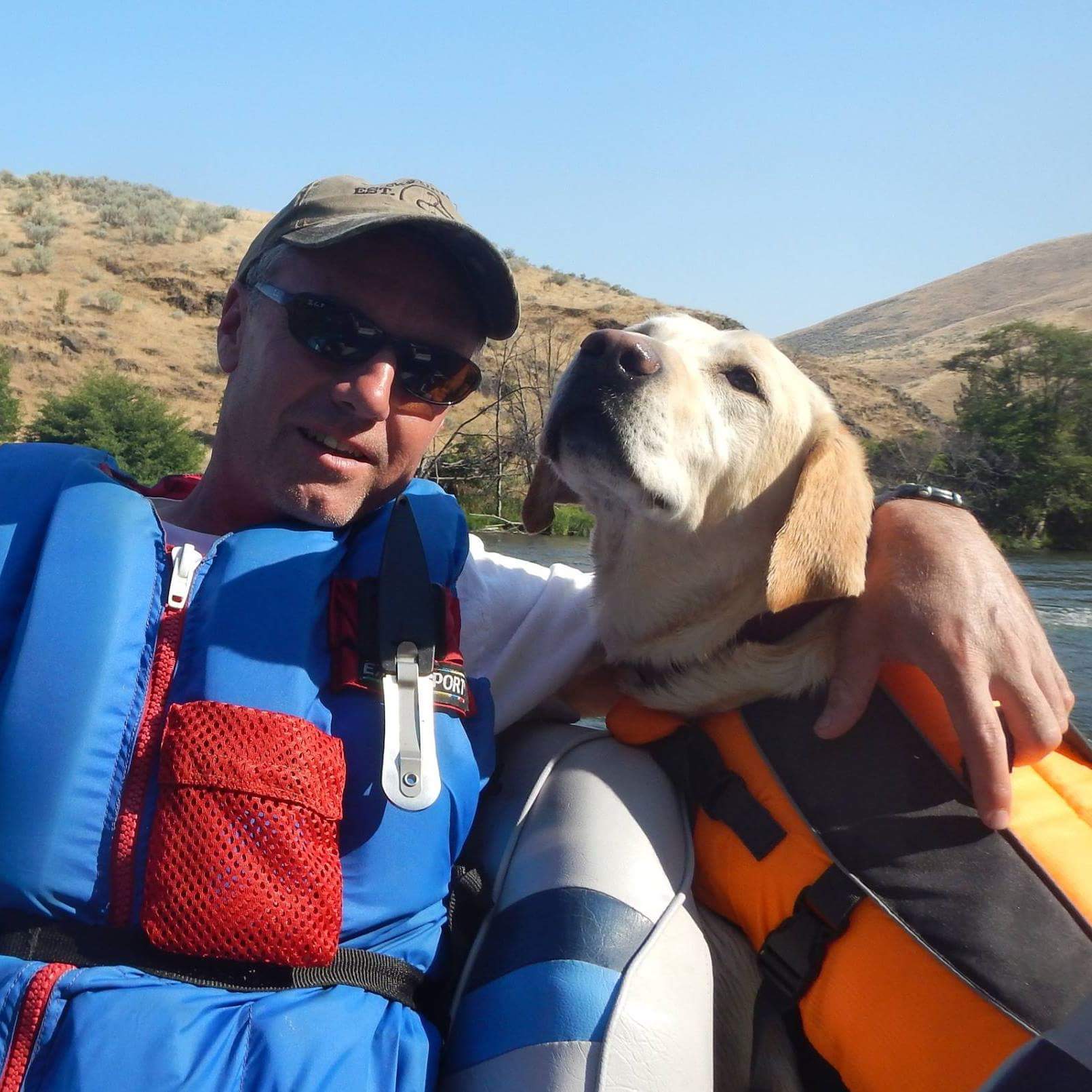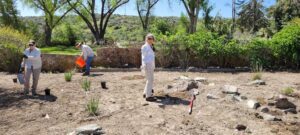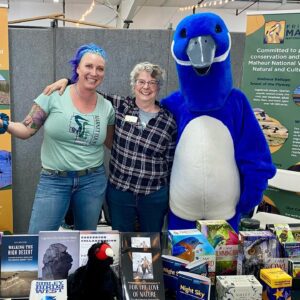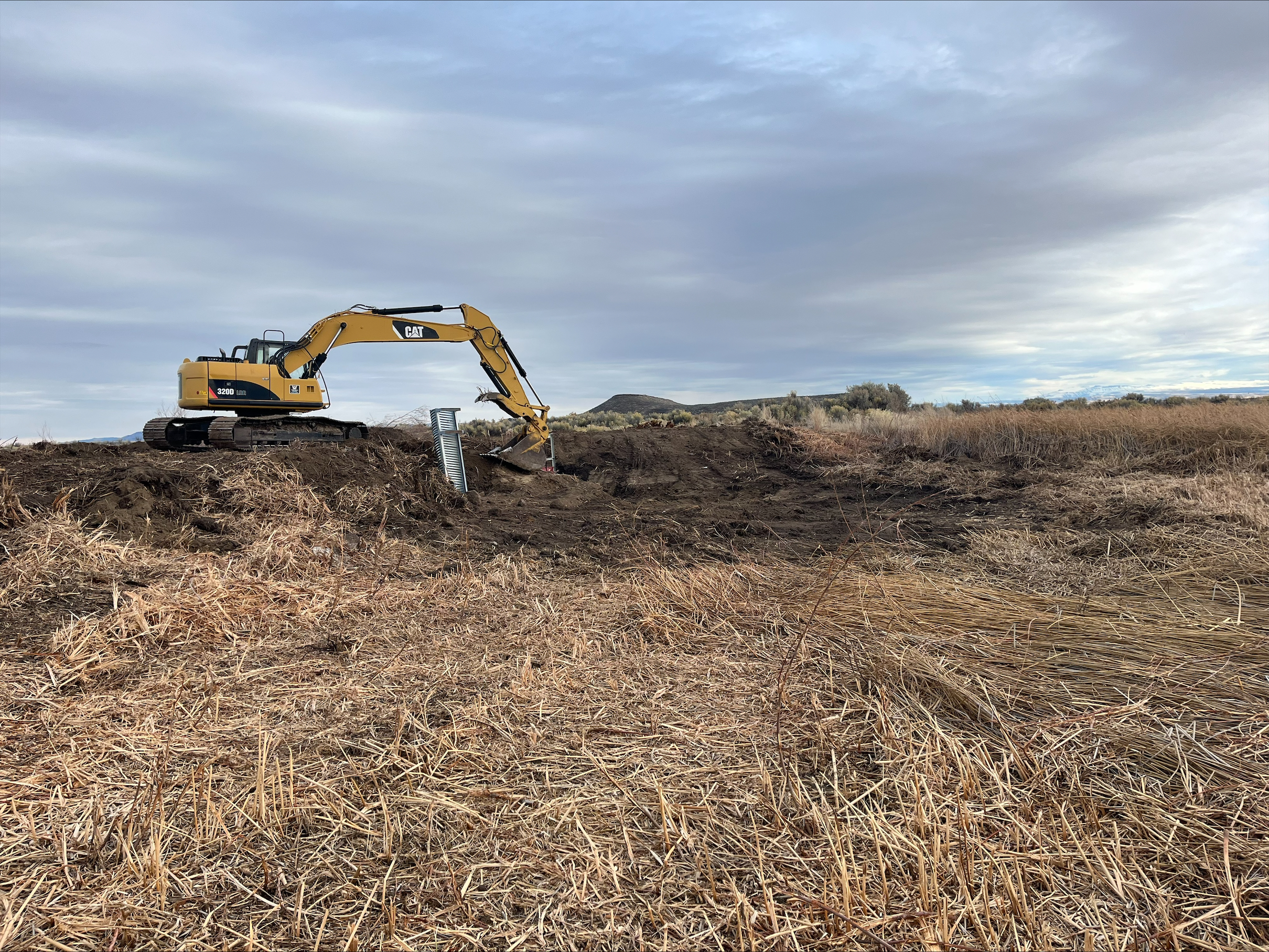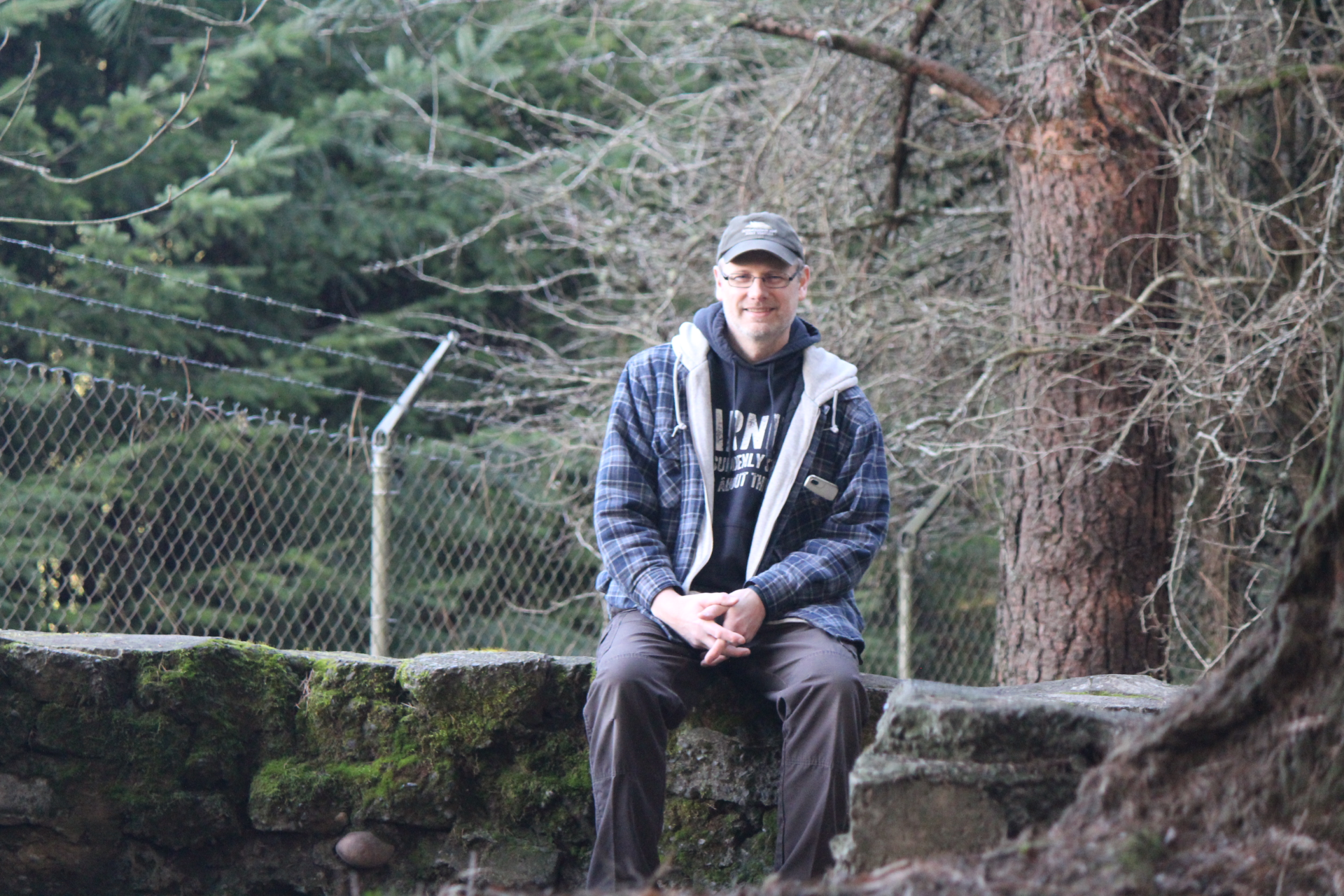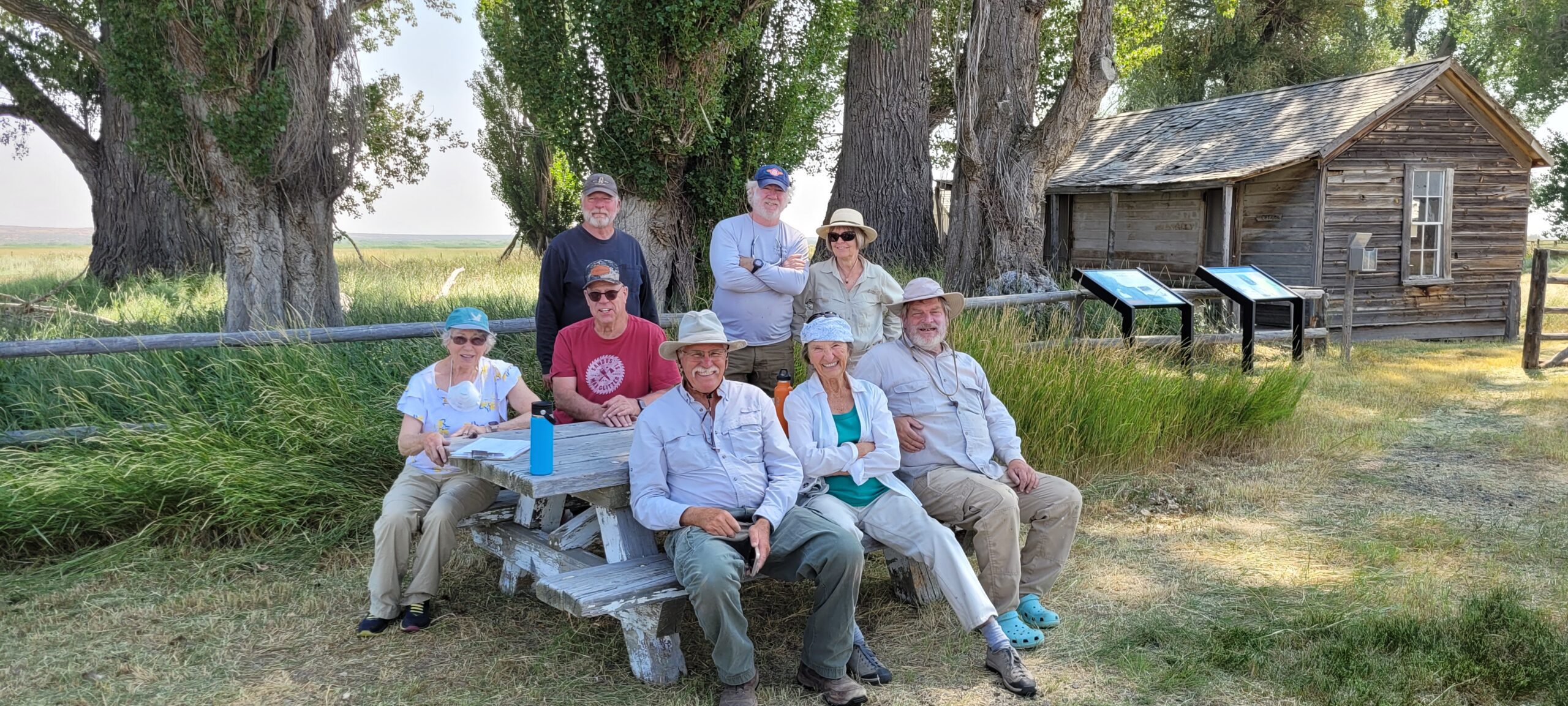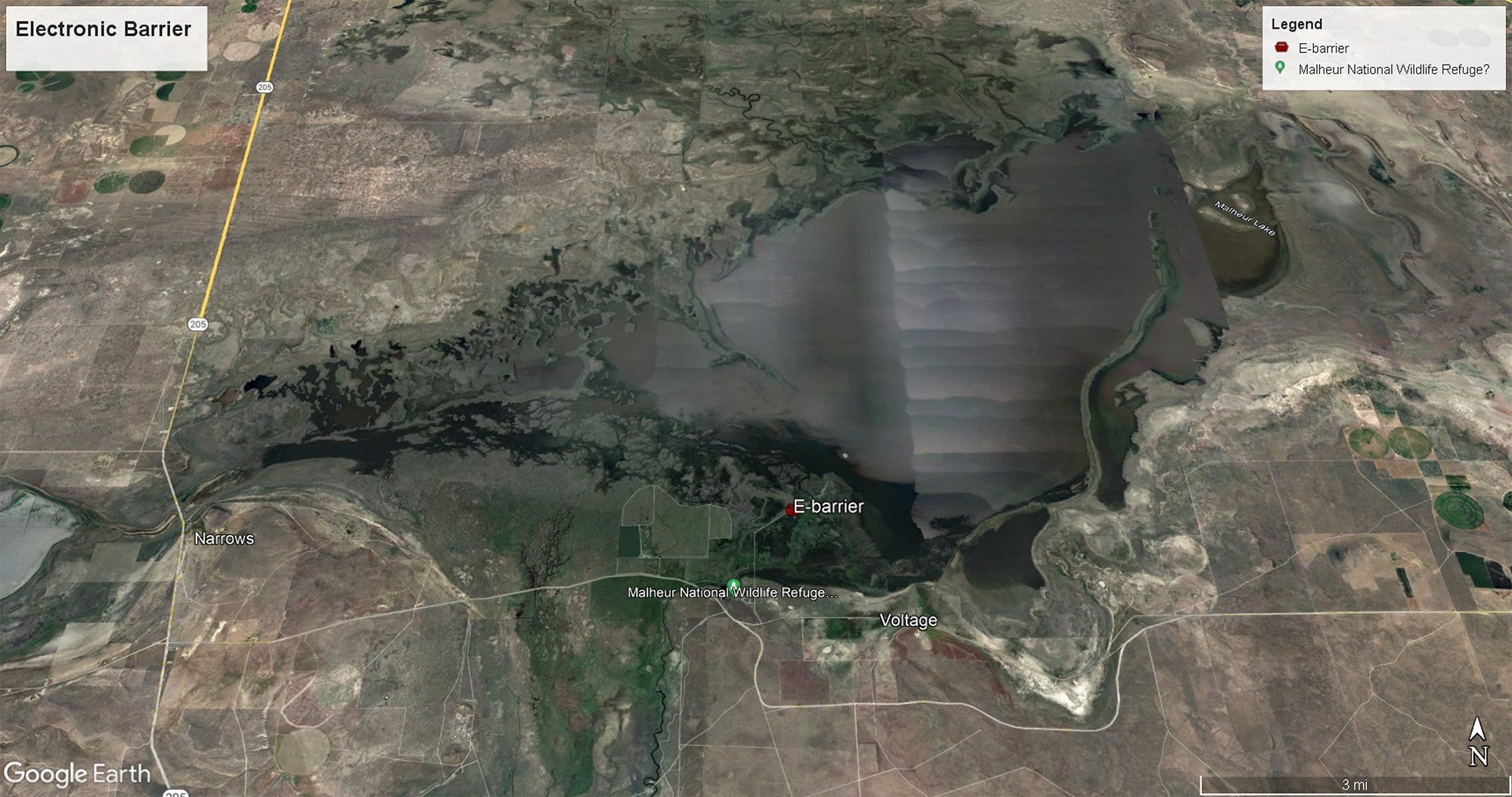Written by Peter Pearsall/Photo courtesy of Jeff Mackay
After an almost 40-year career with the U.S. Fish and Wildlife Service, Malheur Refuge Project Leader Jeff Mackay is retiring on May 31, 2023.
Mackay began his career with USFWS at the Patuxent Wildlife Research Center in Maryland in 1984 as a waterfowl harvest survey technician at a duty station located in northern California. From there, he pursued a series of positions as a seasonal biological science technician beginning at Alaska’s Yukon Flats NWR in 1985.
After Yukon Flats, Mackay went south, where he was stationed at California’s San Luis Wildlife Refuge Complex in 1985 into 1986. He returned to Alaska in 1986 for another season at the Yukon Flats NWR. This led to a biological technician position with the Northern Prairie Wildlife Research Center working at the Sacramento Wildlife Refuge Complex (1986-1987). During this period, Mackay began a graduate program at Humboldt State University.
Putting his master’s degree on hold, Mackay accepted a term wildlife biologist position at Sonny Bono Salton Sea NWR from 1988-1990. In this role, Mackay provided technical assistance to owners of private wetlands across eastern and southern California to develop and manage their wetlands for winter waterfowl habitat.
“A large part of my job was teaching people how to manage wetlands and develop habitat with the aquatic plants and invertebrates waterfowl need for winter forage,” Mackay said. “It was important work. But one afternoon, standing in a baked dry wetland in the desert of southern California with a landowner in the sweltering heat, I decided that I needed to go back to school.”
Mackay finished his degree and continued on to Nevada’s Ruby Lake NWR (1991-2011) as a wildlife biologist.
“A highlight during my tenure there was redesigning the Refuge’s habitat management program, which covered how we managed water, haying, grazing, and prescribed burning,” said Mackay. “When I arrived, 90 percent of the Refuge meadows were hayed or grazed from April 1 to January 1, a management decision that didn’t align with the purpose of the Refuge or its management goals and objectives, which was for nesting waterfowl. Over the course of 20 years, we made changes to the habitat management program to benefit nesting migratory birds and bring management more in line with the purposes of the Refuge.”
After Ruby Lake, Mackay began his first Refuge Manager stint at Hart Mountain NAR in southeast Oregon from 2011-2016, working with pronghorn, sage grouse, and other sagebrush-dependent species there. Highlights of his work there include completing substantial improvements to visitor facilities and working with staff and partners on numerous projects to improve habitat for sagebrush obligate animal species. From Hart Mountain, Mackay went northeast to Malheur Refuge in 2017.
At Malheur, Mackay began as Deputy Project Leader and was selected for the Project Leader position after Chad Karges retired in 2019.
“It has been a privilege to continue building on the network of partnership and collaboration established well before my arrival, for the benefit of not just the Refuge and the fish and wildlife it supports—which is a critical stopover along the Pacific Flyway for migratory waterfowl and waterbird species—but also the Harney County community and the greater conservation community,” said Mackay. “Collaboration is the lifeblood of how we do business in the Harney Basin and it benefits everyone involved.”
“Using collaboration to achieve consensus is the way forward for achieving success,” Mackay continued. “We are better understanding how management decisions alter the landscape, both for better and worse. After I leave, Refuge staff and partners will continue to build the capacity to address changes we don’t want to see, and encourage changes we do want to see. You are always working to maintain that continuum of learning, then applying that knowledge to management actions and building on what has happened before. That’s the beauty of National Wildlife Refuges—we build on the work of others.”
Mackay’s last day at Malheur Refuge is May 31, 2023. He plans to move to the central Oregon coast to enjoy fishing, crabbing, clamming, cooler weather, and no snow shoveling. But Mackay insists that he isn’t leaving the conservation community of southeast Oregon, not by any means.
“I’ve invested so much into this Refuge and community, and I’m taking a lot of institutional knowledge with me, so I will continue to participate in those efforts where needed,” he said. “The Northern Great Basin is a part of me—I love those wide-open spaces. You can’t step away from that.”
We at FOMR and Malheur Refuge congratulate Jeff Mackay on his considerable contributions to the National Wildlife Refuge System and to the greater conservation community, ending a tremendous 38-year career with USFWS. He will be missed!
